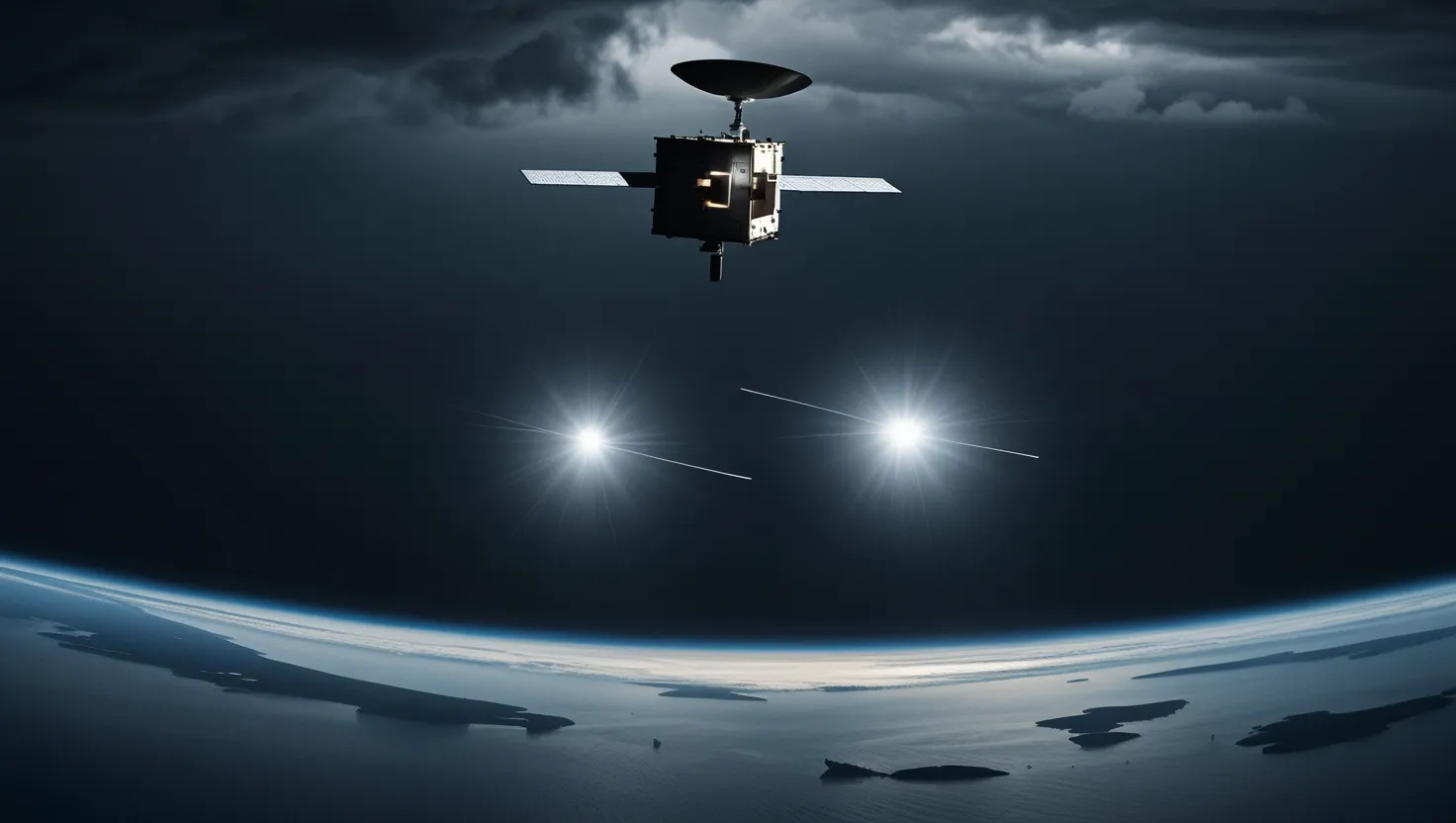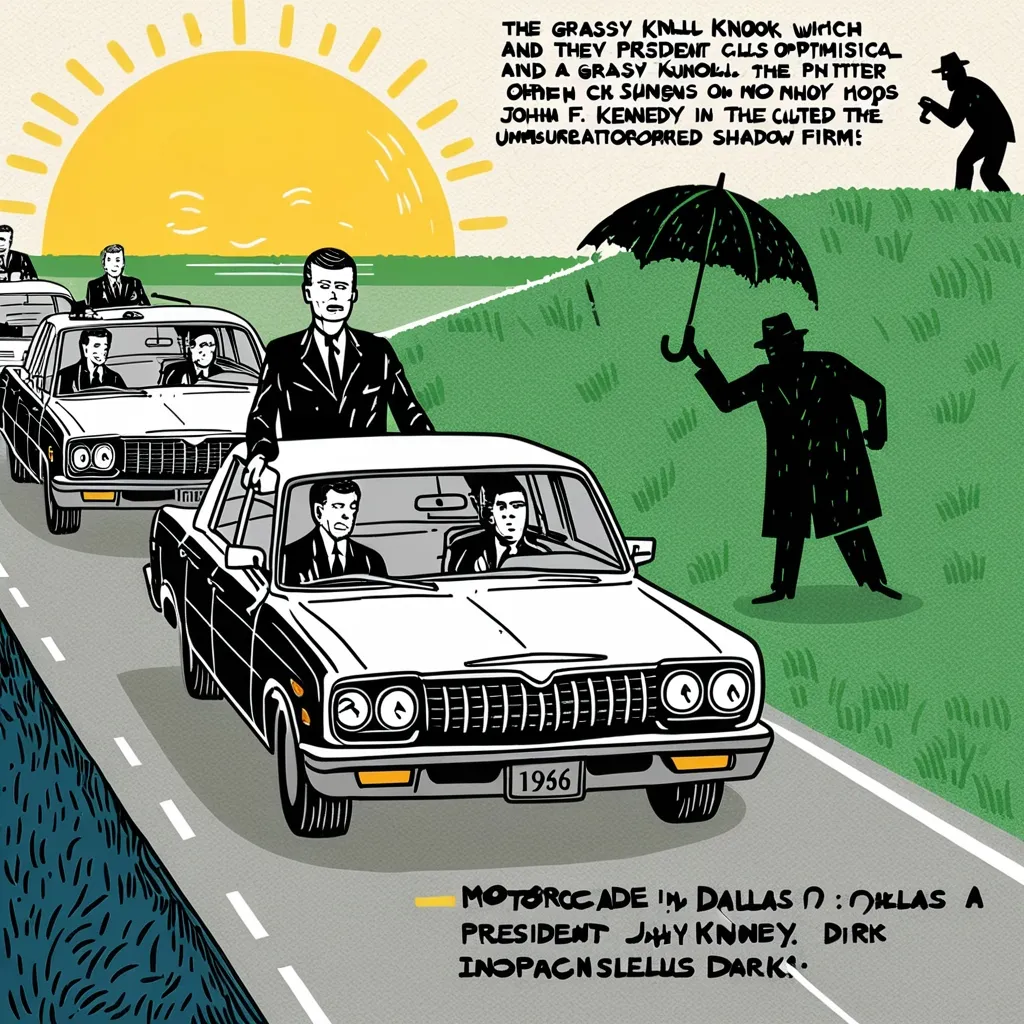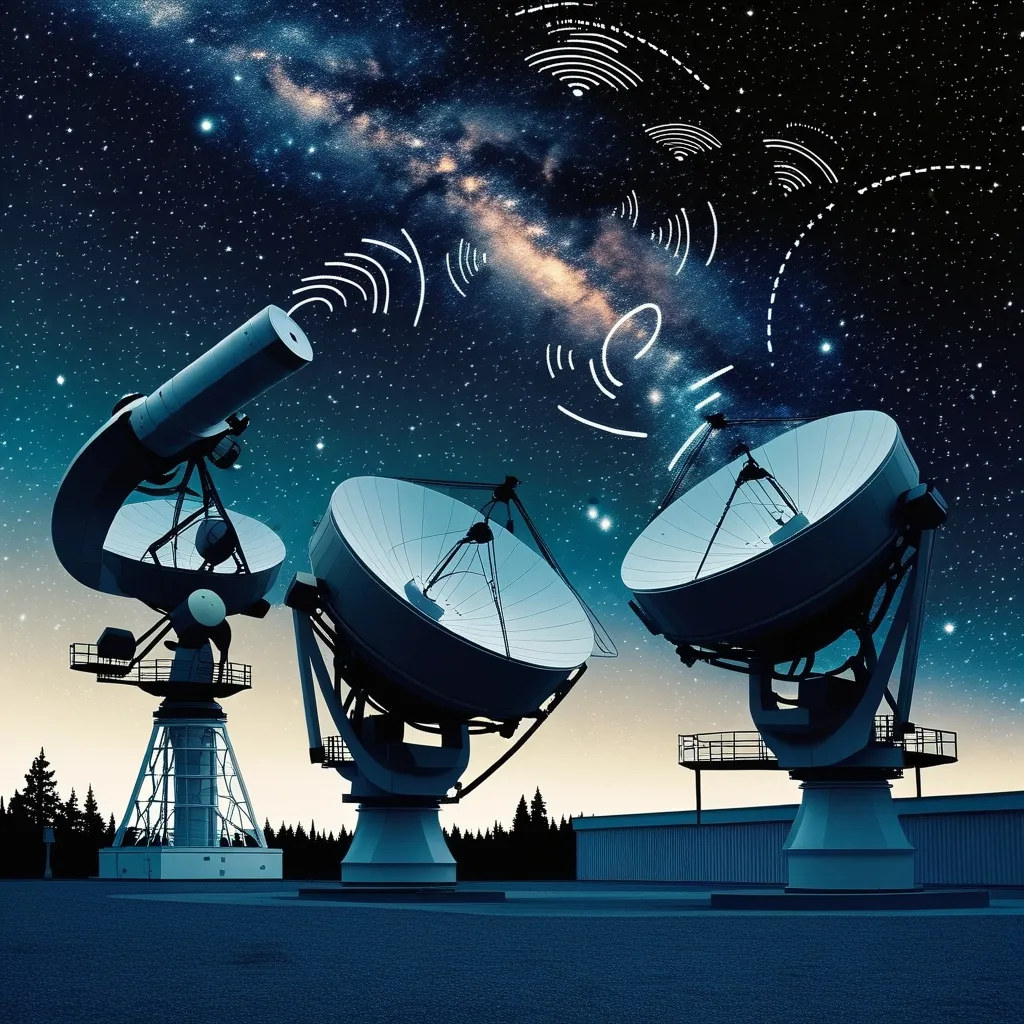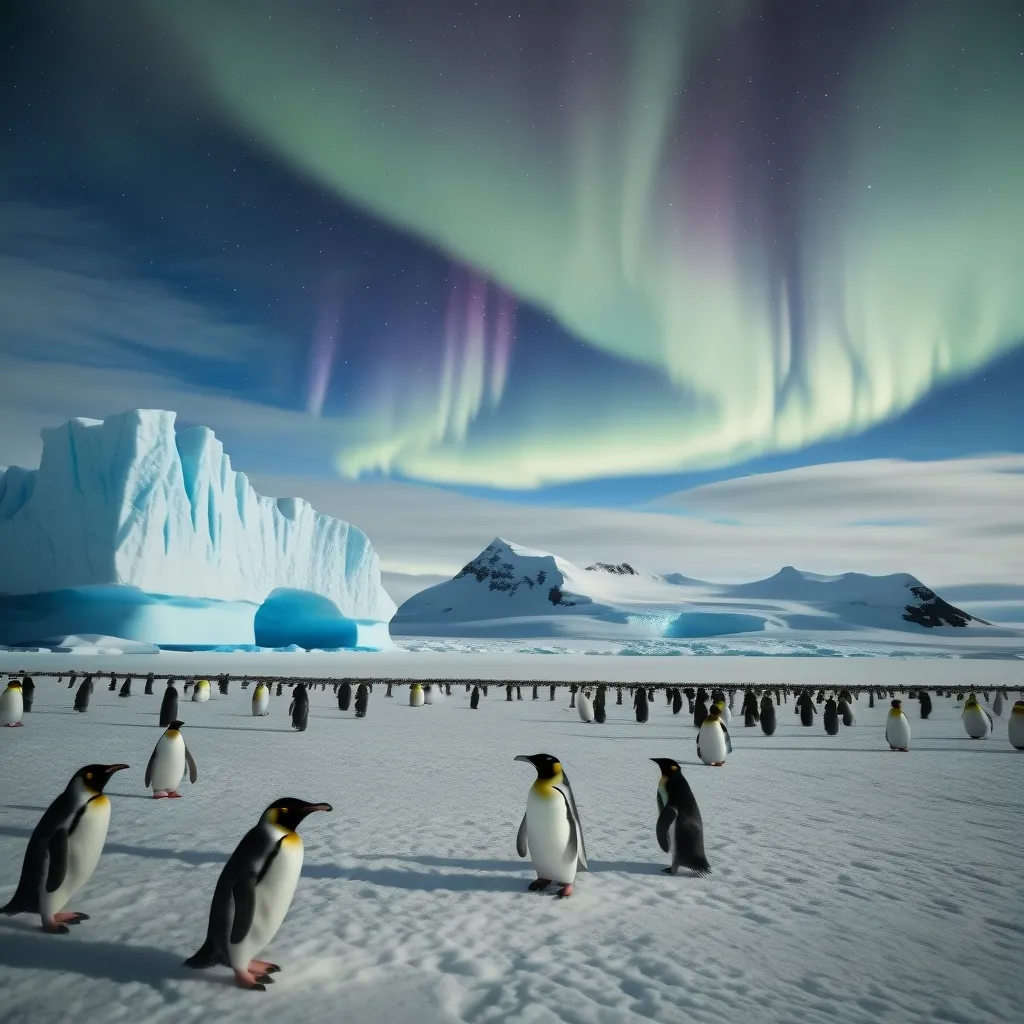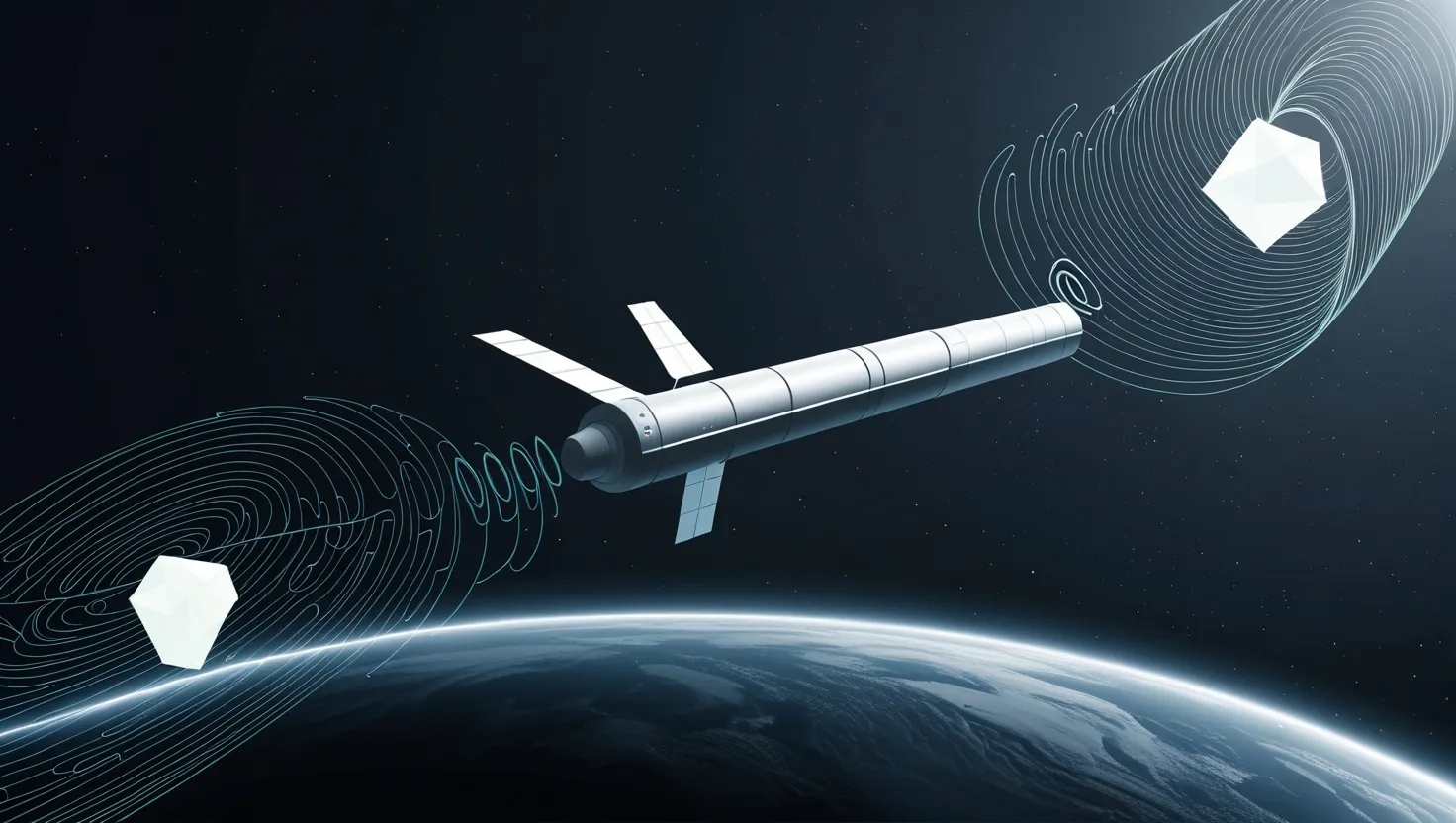When I first heard about the Vela Incident, it sounded like something out of a Cold War spy thriller—a mysterious double flash in the wild, empty ocean, detected only by equipment designed to watch for humanity’s most destructive secret. Yet, as I dug through accounts, classified reports, and decades of speculation, the unanswered questions only multiplied.
On September 22, 1979, the American Vela Hotel 6911 satellite recorded a distinct double flash over the far South Atlantic. This was not just a random blip. To those familiar with satellite nuclear detection, the fingerprint was familiar: one fast pulse of light, then a longer, even brighter one. Historically, this pattern had meant only one thing—a nuclear explosion in the atmosphere.
Of course, if you find a double flash in the middle of nowhere, you have to ask: who set it off, and why? The location was near the Prince Edward Islands, a lonely, storm-lashed outpost between South Africa and Antarctica. It’s not the Bermuda Triangle, but in terms of political intrigue and secrecy, it’s close.
The immediate response was classic Cold War urgency. The United States scrambled reconnaissance aircraft to sample the upper atmosphere. Radiation detectors found hints of iodine-131, a product of nuclear fission, but the amounts were too low to be definitive. There was no mushroom cloud, no dead fish, no traceable fallout raining down. Some surmised that the winds carried any byproducts away before detection, others thought the blast had been deliberately low-yield, calculated to avoid obvious detection.
“No one trusts a secret where there are no secrets left.” That thought echoed in my mind as I pored over memoirs and oral histories, for as much as the evidence pointed toward a bomb, no country owned up. South Africa—a state then under harsh apartheid rule—denied everything, later admitting to nuclear ambitions but not to any clandestine test. Israel, long suspected, kept its lips sealed and archives locked tight. The Soviet Union, for once, seemed to have resigned itself to not being the prime suspect.
So what if it wasn’t a bomb? I found researchers who proposed a cosmic explanation. Was it a flaw in the satellite? Hotel 6911 wasn’t new; it was built in the 1960s, and by 1979, its instruments showed their age. Some argued a micrometeorite might have hit the sensors, creating a false “double flash.” Others argued such an event wouldn’t explain the traces of radiation picked up or the subtle atmospheric effects measured by ground-based observatories.
Here’s a question: how do you tell a nuclear test from a cosmic trick? For the Vela satellites, the double flash had always indicated a blast. Still, this event broke the pattern. The secondary signals expected from a nuclear explosion—the plumes, the seismic rumbles, the tell-tale chemical fingerprints—were ambiguous or absent. Atmospheric modeling decades later muddied things further; radioactive isotopes were found, but their travel paths didn’t fit a simple surface explosion. The more scientists looked, the blurrier the answers became.
Edwin Land, who headed a top-level scientific review panel convened by the White House, tried to pry the truth from the tangle of data. His panel leaned toward a non-nuclear cause, but was careful to admit—almost reluctantly—that there was no conclusive proof. Even today, some argue that political motives may have influenced the official ambiguity. President Carter, facing a tense re-election campaign and ongoing arms negotiations, may have found it easier to leave the mystery unsolved.
Let me throw out another angle, often forgotten: what if the event was deliberately veiled in confusion? If a state wanted to test a bomb in secret, picking a weather window during a meteor shower would provide just enough plausible deniability—a trick nearly as old as statecraft itself. The test site was vast, stormy, and far from prying eyes. Even the detection—by a technically “retired” satellite—was a fluke.
“Three things cannot be long hidden: the sun, the moon, and the truth.”—Buddha. Sometimes I wonder if the people at the heart of the Vela Incident believed secrecy could outlast history itself. The double flash, the scrambled flights, the hurried panels—all echo an era when nations built their own myths, as if those myths could become fact through repetition.
I often return to the human side of this enigma. Imagine the satellite operators on that September morning, watching their instruments flare and wondering if the world had just changed in an instant. Did they realize they might be witnessing an act nobody would ever admit?
Then there are the scientists who, years later, comb through the data with ever-better models. Atmospheric physicists trace isotopes and wind patterns; nuclear experts debate whether a clandestine test could be hidden so well. Every argument leads to more uncertainty—the closer they look, the more possibilities open up. Even today, if you sit down at a conference among arms-control experts, the Vela Incident will spark respectful disagreement.
“Success is the ability to go from one failure to another with no loss of enthusiasm.”—Winston Churchill. I get the sense this saying fits the quest to explain the Vela Incident. Each attempt, each theory, each new technique for analyzing ancient data brings us closer and yet further away. We piece together the puzzle, all the while knowing that perhaps the most vital clues sit locked in classified files or in the memories of those who have sworn never to share them.
Sometimes I step back and consider how the Vela Incident has quietly shaped international nuclear monitoring. It exposed the risks of over-relying on a single type of detection, the difficulty of distinguishing the human-made from the natural, the weaknesses in global verification systems. Perhaps most profoundly, it shows how easy it is for even major events to slip into official ambiguity when enough powerful people want it that way.
Why, after all these decades, does the Vela Incident still grip so many? Is it the unprovable scandal, the perfect Cold War whodunit? Or does it speak to something deeper, a collective anxiety about the limits of our knowledge—especially when the stakes are world-endingly high?
I find myself returning to the central paradox. If it was a weapon test, it was the most successful cover-up in nuclear history. If it wasn’t, then nature and human technology collided in a way that we still struggle to comprehend. Either way, the Vela Incident refuses to become just another historical footnote.
“What we know is a drop, what we don’t know is an ocean.”—Isaac Newton. As I sift through each account, official and unofficial, scientific and speculative, I’m continually drawn to the idea that some mysteries are essential precisely because they resist simple explanation. The Vela Incident is one such puzzle—a snapshot of our anxieties, ambitions, and blind spots all caught in one unforgettable double flash.
So, what do you think happened that September morning? Would we ever be satisfied with an official answer, or does the enduring uncertainty offer something more valuable—the reminder that in the vast intersection between nature, science, and politics, not every question yields to certainty? Maybe, in that sense, the Vela Incident reflects the times we live in: always searching, always questioning, always peeling back another layer, hoping for clarity but finding only deeper fascination.
